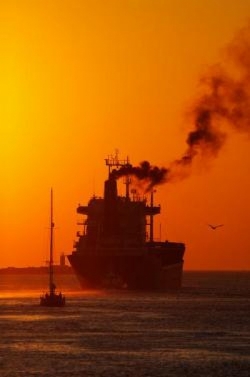Soon it will be carried out an implementation of the new Europe guidelines about the “ Sulphur Emission Control Area (SECA)”. This will envisage two phases:
- From 2015 the ships that will be sailing in the Baltic Sea and in the North Sea will be obliged to have a percentage of sulfur in the bunker that won’t exceed 0,5% per milliliter;
- From 2020 the percentage of sulfur is due to decrease to 0,1% per milliliter
Taking into consideration that the ships sailing in the Baltic see and in the North Sea have an average sulfur percentage of 2,7% per milliliter, this drastic reduction is going to represent a big issue for shipowners both from the technological point of view and the bureaucratic and economic point of view.
ECSA (European Community Shipowners’ Associations) has expressed its concerns about the strictness of the SECA regulations asking more tolerance for the implementation of the new rules so that these could be more bearable for shipowners:
- The possibility that the sulfur percentage in the bunker might not be met under special circumstances like, for example, the malfunctioning of scrubbers or the contamination of the bunker during refueling;
- The acceptance of open-loop systems for the scrubbers
- The possibility of using a natural liquefied gas as an alternative fuel.
In addition to the measures concerning sulfur emissions, others restrictions relevant to the Emission Control Area, such as the Nox emissions, are being studied.



